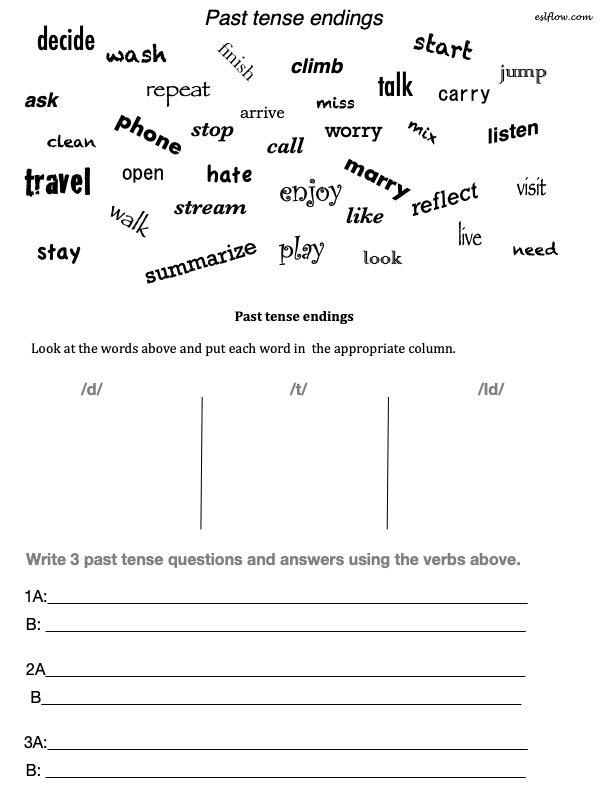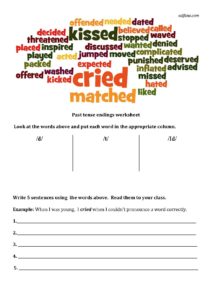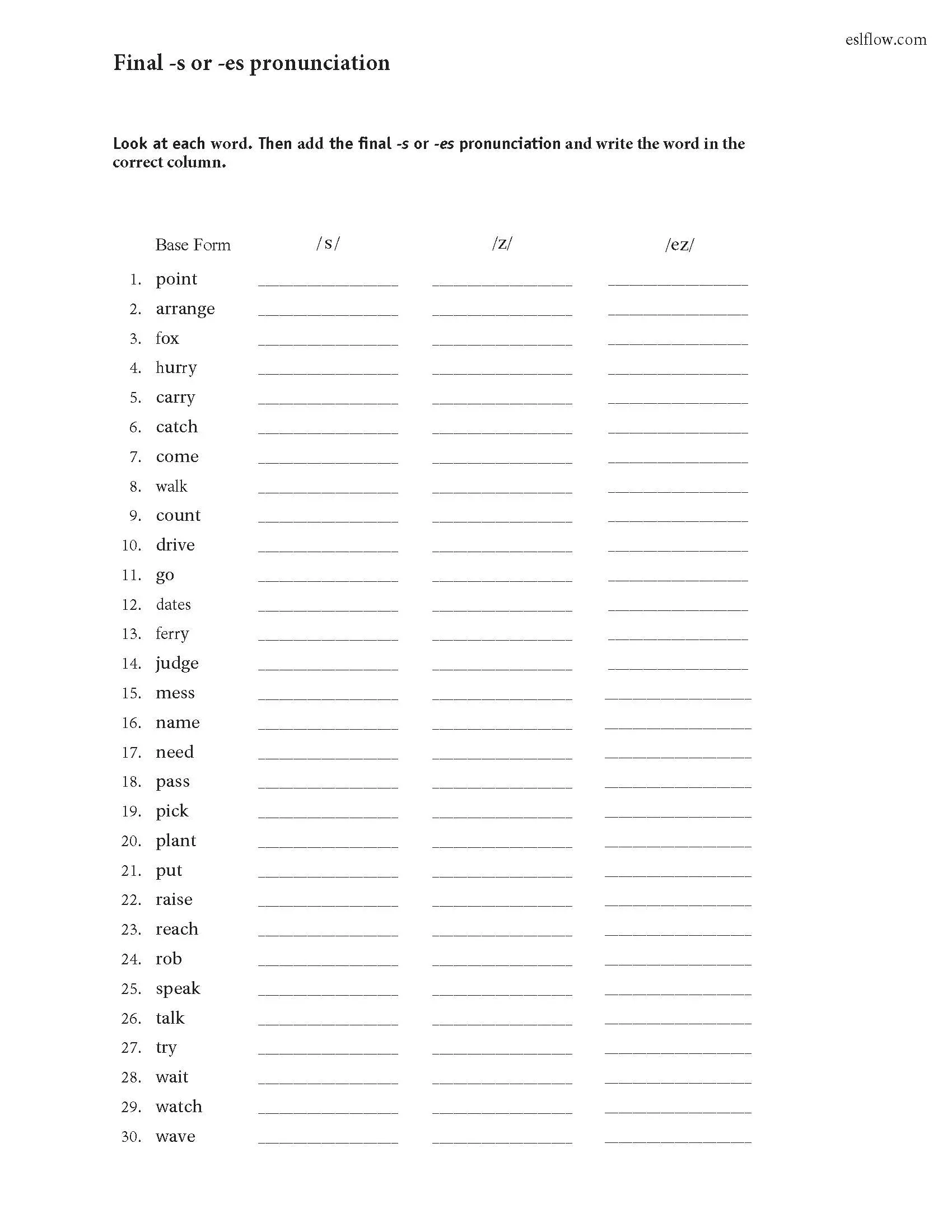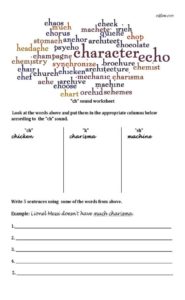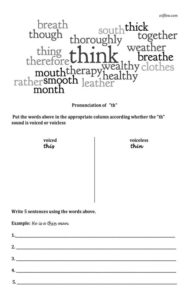Essential Pronunciation Worksheets
1 Past tense endings: “ed”pronunciation exercises worksheet (with audio and answers)
Teaching and reminding students about past tense endings is a never ending battle for an English language teacher. If you teach in countries like Thailand, it is like a boomerang, a problem that always comes back with many students. So this is an exercise to help students understand, practice or review the past tense endings and the different kinds of pronunciation for the “ed” endings of verbs with different spellings. Students sort the verbs into the appropriate column. Students then write some sentences which they can be asked to say out loud. Listen to the audio to practice and check pronunciation.
(see past tense ‘ed” endings YouTube video)
Subscribe to Eslflow
Subscribe to get full access to the latest and best resources from eslflow.com. There are no ads in the newsletter and you will receive entertaining, high quality, and up-to-date teaching resources regularly. And, if you subscribe, you will be supporting the eslflow website.
2 Past tense endings 2
3 Final “s” sound endings pronunciation worksheet (with audio and answers)
This is an ESL exercise to help students understand the pronunciation of the final “s”. Students add the “s” endings and sort the words into the appropriate columns. Students then write some sentences which they can be asked to say out loud.
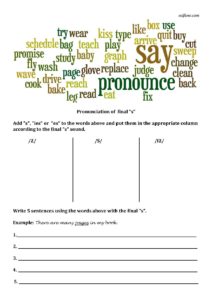
Final “s” sounds worksheet (PDF)
Related Resources:
5 First Day of Class Activities
3 Great Icebreakers to Start a Class
7 Incredibly Useful Past Tense Teaching Activities
Listening exercises for ESL students
3 Final “s” and “es” sound
This is another exercise practicing or teaching the pronunciation of final “s” or “es” sound.
4 “ch” sounds pronunciation worksheet
This is an ESL exercise to help students understand the different sounds of “ch” in the English language.
American woman
5 “th” sound pronunciation worksheet
This is an ESL exercise to help students understand the pronunciation of the “th” sound. Students sort the words into the appropriate voiced and voiceless columns.
For more exercises go to the Pronunciation Home Page
Other resources
Import export and supply chain exercises
Daily routines, schedules and other present simple listening speaking activities
